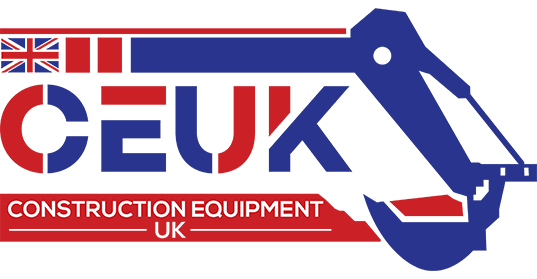Common Types of Excavators Your Construction Business Must Have
If you manage a construction business, your clients expect you to own the necessary heavy equipment and machinery to accomplish a building project without problems. You need them to do the lifting that your workforce will take a while to do on their own, such as carrying copious amounts of soil and transporting massive materials for construction.

It will be best to have an excavator, a vehicle that comprises rotating tracks, a bucket, arm, and a moving cab. The machine provides extreme digging power and movement to make tasks easier and more convenient, especially if it includes digging up deep holes and transporting materials.
Industrial and construction companies often benefit from excavators to provide their demands, such as road development, mining, building, and demolitions. You can find various kinds of excavators that cater to different functions like digging, drilling, and other heavy-duty works. Keep reading below to find out some of the machinery you require to meet your clients’ needs.
Skid Steer Excavators
Skid steer excavators involve having a front-facing bucket to eliminate debris much faster. They differ from regular excavators because they contain booms and buckets that do not face the driver operating the machine.
Rather than let the attachments reach around the cab, they operate over it, so they’re perfect if the site has little space and requires complicated movements and turns to get through successfully. A skid steer excavator is typically a must-have to help homeowners install pools, clean sites, take out debris, and other residential projects that work with limited space.
Suction Excavators
Suction excavators, or vacuum excavators, are primarily used for underground development projects because of their high-pressure vacuum mechanism. The suction pipe can produce air of up to four hundred horsepower.
It works by letting out water to loosen up the affected ground for a more effortless operation. Using the pipe, the excavator initiates a vacuum to transport all the soil and debris in the way for over two hundred miles per hour. The machine is mostly required for underground applications that are quite delicate and need careful handling to prevent damage from occurring.
Crawler Excavators
Crawler excavators are also called compact excavators. They are powered by hydraulic components, allowing them to carry massive debris and soil. Because of the construction machinery’s chain track system, it’s a great kind of excavator for mining operations and digging activities.
In addition, it operates on two massive moving tracks, letting them go up and down hills and trails effortlessly. If a construction site has imbalanced surfaces, it won’t be a problem for crawler excavators because of their flexible and stable capabilities.
Dragline Excavators
Dragline excavators are often utilised for underwater and road development projects. It’s a large piece of machinery that uses a hoist rope system connected to a bucket through a hoist coupler. The bucket is also linked to a dragline that operates between the bucket and the cab.
While the dragline brings the bucket to the driver, the hoist rope takes the bucket up and down. The machine is required for civil engineering projects, such as canal dreading. A dragline excavator is particularly heavy, so it has to be brought to a construction site in pieces and later on assembled accordingly.
Conclusion
If you wish to gain more clients to request your construction services, you may want to invest in the necessary equipment. Whether you’re aiming to purchase a brand new or used excavator, consider having a skid steer, suction, crawler, and dragline excavator to prove you’re well-prepared to take on any job.
Are you looking to buy construction machinery in the UK for your construction firm? Construction Equipment UK manufactures a wide array of construction equipment for people in need. Get in touch with us today to learn about our machinery for sale!

